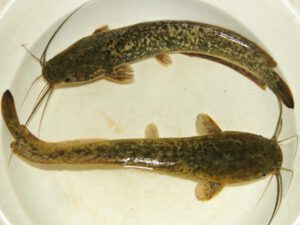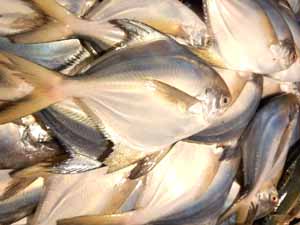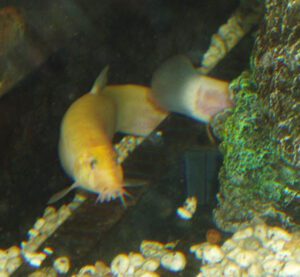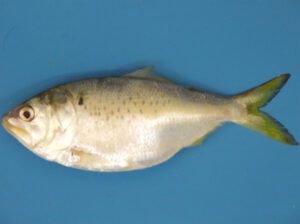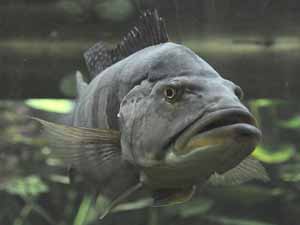The Giant Tiger prawn is a marine crustacean which is cultivated widely for food. It is also known as Asian tiger shrimp, Penaeus monodon and many other different names in different part of the world.
It is native to Southeast Asia, the Philippines and Australia. It was also introduced into the United States for mariculture.
Giant Tiger prawn is also found in the Indian Ocean and western Pacific and is distributed from east and southeast Africa to northern and eastern Australia, Japan, Pakistan and the Malay Archipelago.
The Giant Tiger prawn is cultivated commercially in much of it’s range. It is an invasive species in the northern waters of the Gulf of Mexico and the Atlantic Ocean of the southern United States. However, read some more information about Giant Tiger prawn below.
Giant Tiger Prawn Characteristics
The Giant Tiger prawn are the largest commercially available shrimp. They are generally dark colored, with the carapace and abdomen transversely banded with black and white.
The rest of their body color is variable, ranging from light brown to blue or red. But some smaller specimens show a dull red dorsal strip from the rostrum to the sixth abdominal segment.
The thorax has a spine called the rostrum, one pair of eyes, two pairs of antennae, three pairs of maxillipeds for feeding and five pairs of walking legs.
The female Giant Tiger prawn can reach about 33 cm body length, but their average body length is between 25 and 30 cm. The males are slightly smaller than the females.
The males can reach about 20-25 cm body length. The males can gain between 100 and 170 grams body weight.
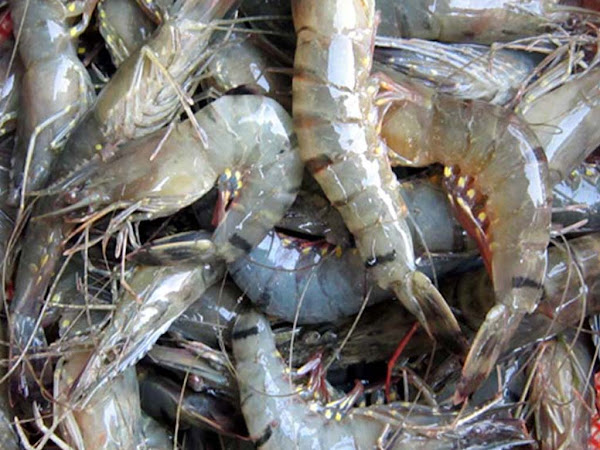
And average live body weight of the mature females is between 200 and 320 grams. Photo and info from FAO and Wikipedia.
Feeding
The Giant Tiger prawn are generally fed on commercial feeds. Each major producing country has developed it’s own commercial feed factories, as shrimp feed technology has been readily available.
This system has reduced feed production costs, instead of relying on expensive imported feeds.
Prolonged storage of imported feed caused by sea transport or because of the necessity to import economically large volumes in each order, tends to reduce feed quality due to the rancidity.
Under natural conditions, the giant tiger prawn is more of a predator than an omnivorous scavenger or detritus feeder than other penaeid shrimp.
Breeding
Wild male Giant Tiger prawn produce spermatozoa from around 35 grams body weight, and the females become gravid from their 70 grams body weight.
Their mating generally occurs at night, shortly after moulting, while the cuticle is still soft, and sperm are subsequently kept in a spermatophore (sac) inserted inside the closed thelycum of the female.
The females of the Giant Tiger prawn are highly fecund. The gravid females can produce as many as 0.5 million to 0.75 million eggs. Spawning generally occurs at night and fertilization is external.
The females release sperm from the thelycum as eggs are released in offshore waters. Hatching occurs after 12-15 hours of fertilization.
Uses
The Giant Tiger prawn is mainly used for food. It has a very important role in the economy of many south Asian countries.
Special Notes
The Giant Tiger prawn is the second-most widely farmed prawn species in the world, after only whiteleg shrimp. They are generally inhabitants and found at depths from 0 to 110 meters.
They inhabit bottom mud and sand. They can live in brakish, estuarine and marine environments. They prefer and do well in water temperatures of 18-34.5 °C, and salinities of 5-45 ppt.
Although this shrimp has grown commercially at salinities of 1-5 ppt. It appears to select muddy mangrove channels and often associates with marginal or floating vegetation.
Bamboo traps are traditionally used for harvesting selected large shrimp in extensive culture.
In semi-intensive system, the Giant Tiger prawn are harvested by draining the pond by tide through a bag net installed at the outlet sluice gate.
The shrimp are sold directly after harvesting, or kept in iced water. However, review full breed profile of the Giant Tiger prawn in the following chart.
| Name | Giant Tiger Prawn |
| Kingdom | Animalia |
| Phylum | Arthropoda |
| Class | Malacostraca |
| Order | Decapoda |
| Family | Penaeidae |
| Genus | Penaeus |
| Species | P. monodon |
| Binomial Name | Penaeus monodon |
| Other Names | Also known as Asian tiger shrimp, Penaeus monodon and many other different names in different part of the world |
| Breed Purpose | Mainly food |
| Special Notes | Second most widely farmed prawn species, inhabit bottom mud and sand, economically very important shrimp species, highly prized in the market, today raised mainly for food |
| Breeding Method | Natural and artificial |
| Weight | Generally harvested when they reach around 30 grams in commercial farms, but can reach up to 300 grams |
| Water Type | Saltwater |
| Climate Tolerance | Native climate |
| Body Color | Ranging from light brown to blue or red |
| Rarity | Common |
| Availability | Worldwide |

